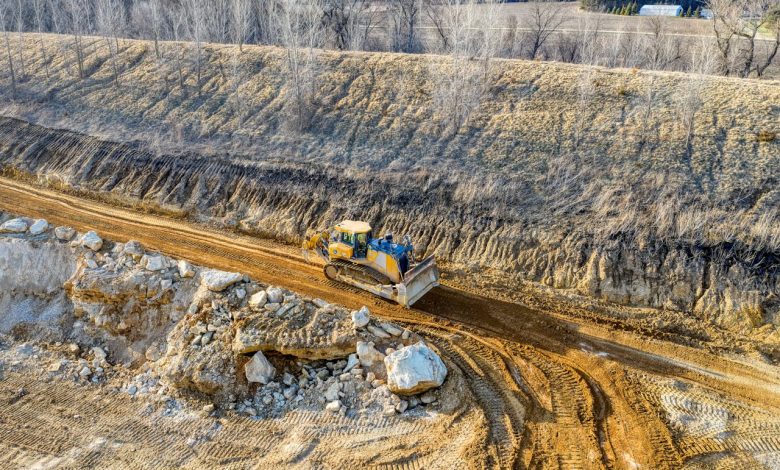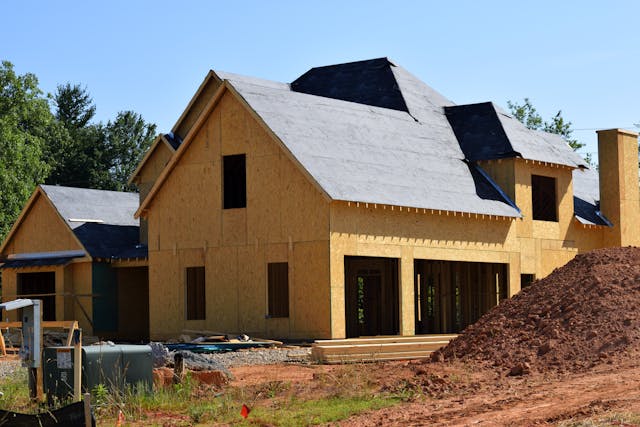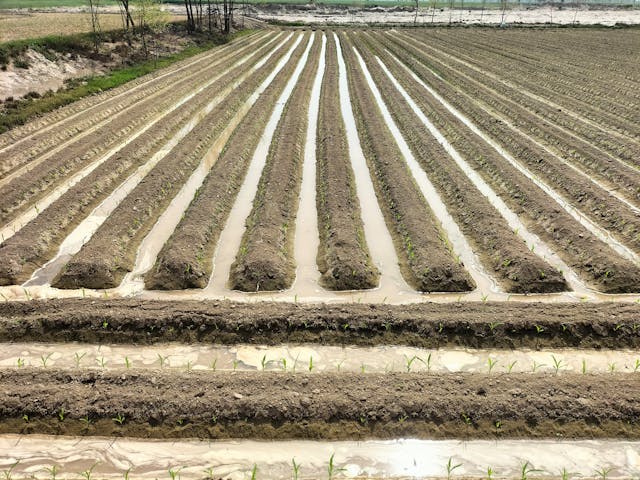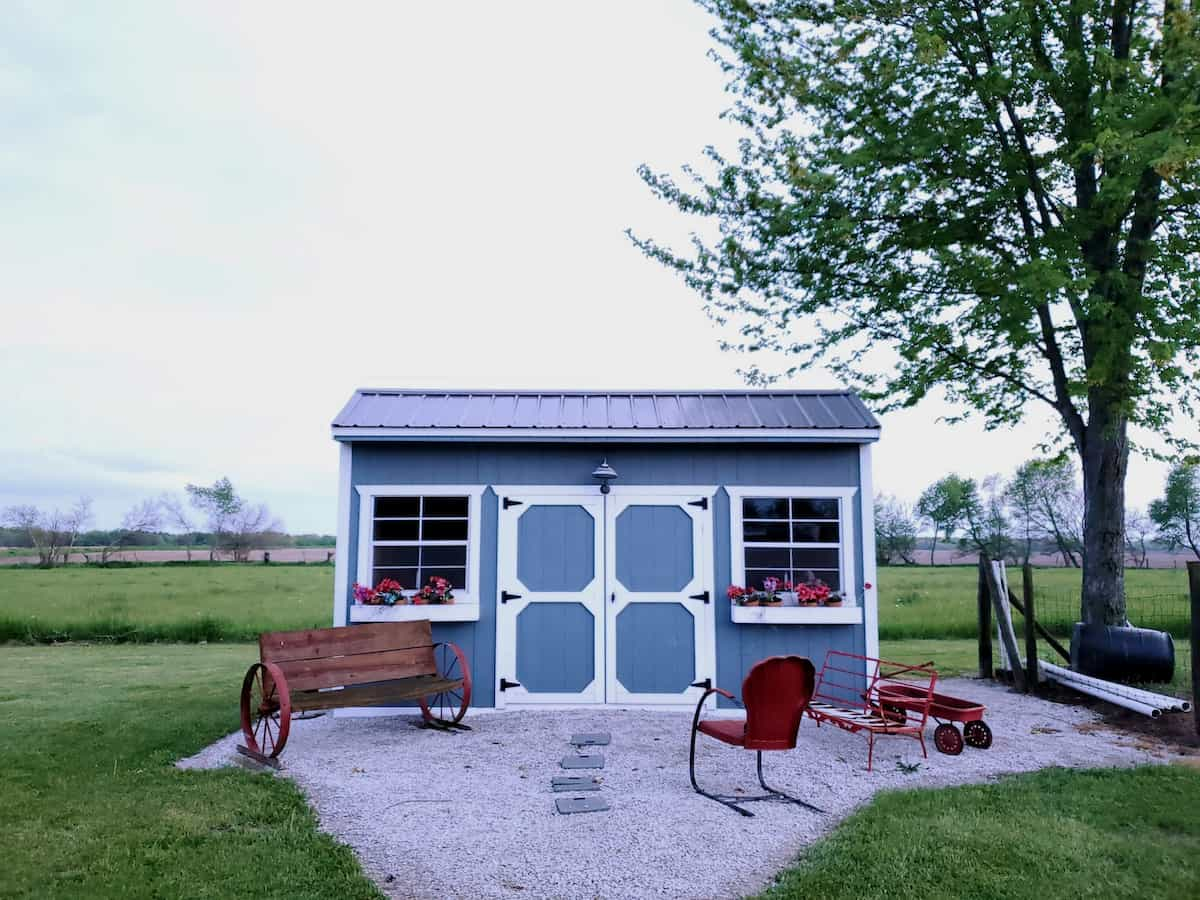Effective Methods Of Soil Strengthening

Soils stabilisation is the process of strengthening and improving the soil physical and mechanical properties in order to increase its bearing capacity and resistance to various loads. This method is widely used in construction, road and landscape design, mining and other areas where it is necessary to ensure the reliability and durability of structures erected on soils with unfavourable characteristics.
Soil stabilisation can be achieved in a variety of ways, including machining, the addition of binders or the use of special technologies. The correct choice of method depends on the type of soil, its initial properties, the expected load and operating conditions.
Soil stabilisation goals
Soil stabilisation has several main goals:
- Increased load-bearing capacity
– One of the main tasks of stabilisation is to increase the compressive, shear and tensile strength of the soil so that it can withstand higher loads from building structures, vehicles, etc.
- Deformability reduction
– stabilised soils have a lower capacity for compression and subsidence under load, which is critically important for ensuring the stability of buildings and structures.

- Erosion prevention
– In the open soils case, stabilisation helps bind soil particles, protecting it from erosion by wind or water.
- Increased water resistance
– Some stabilisation methods can reduce the water permeability of the soil, preventing the moisture penetration and protecting the foundations from destruction.
- Control of seasonal changes
– Soil stabilisation helps to minimize the negative seasonal changes effects such as drying, freezing or heaving.
Achieving these goals ensures the reliability and durability of the foundations, prevents structures premature failures and increases safety during the operation of facilities.
Important factors for successful soil stabilisation
In order to achieve the desired results and ensure the durability of stabilised soil foundations, a number of important factors must be taken into account:
- Right choice of method and materials
The stabilisation method and materials must correspond to the soil type, design loads and operating conditions. The wrong choice can lead to insufficient stabilisation or excessive costs.
- Work quality control
Strict adherence to the production technology, proper dosage and mixing of components are crucial to obtain the required characteristics of a stabilised soil.
- Climatic conditions
Air temperature and humidity can have a significant impact on stabilisation processes, especially when using binders. It is important to take these factors into account when planning work.
- Drainage conditions
Site proper drainage helps to remove excess moisture and prevents erosion and deterioration of stabilised soil properties.

- Protection against damage
After stabilisation is completed, the soil base should be protected from mechanical damage, erosion and other negative effects before the construction start or coating laying.
- Monitoring and maintenance
Regular monitoring and timely maintenance of stabilised foundations help to identify and eliminate any problems at an early stage, extending their service life.
Compliance with these factors, along with the competent design and execution of bulk earthworks, guarantees stabilised soil foundations` reliability and durability.
Soil stabilisation is an important process that ensures the reliability and durability of foundations for the construction of various facilities. The correct choice of method and materials, as well as competent design, make it possible to achieve the desired soil characteristics, such as high load-bearing capacity, low deformability, water resistance and resistance to adverse effects.




